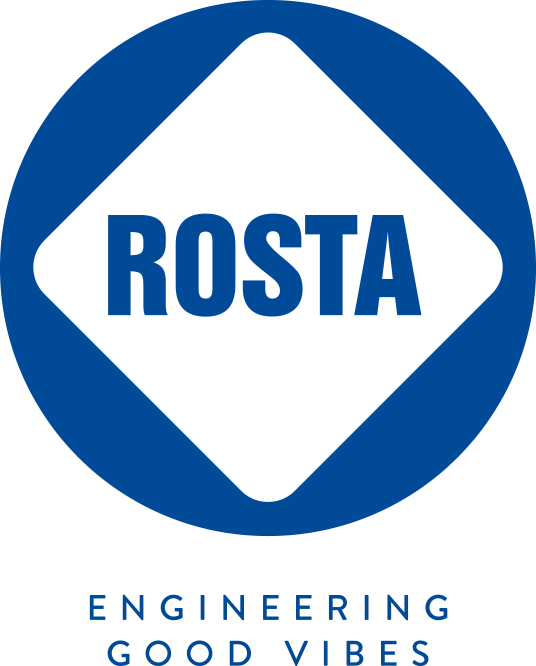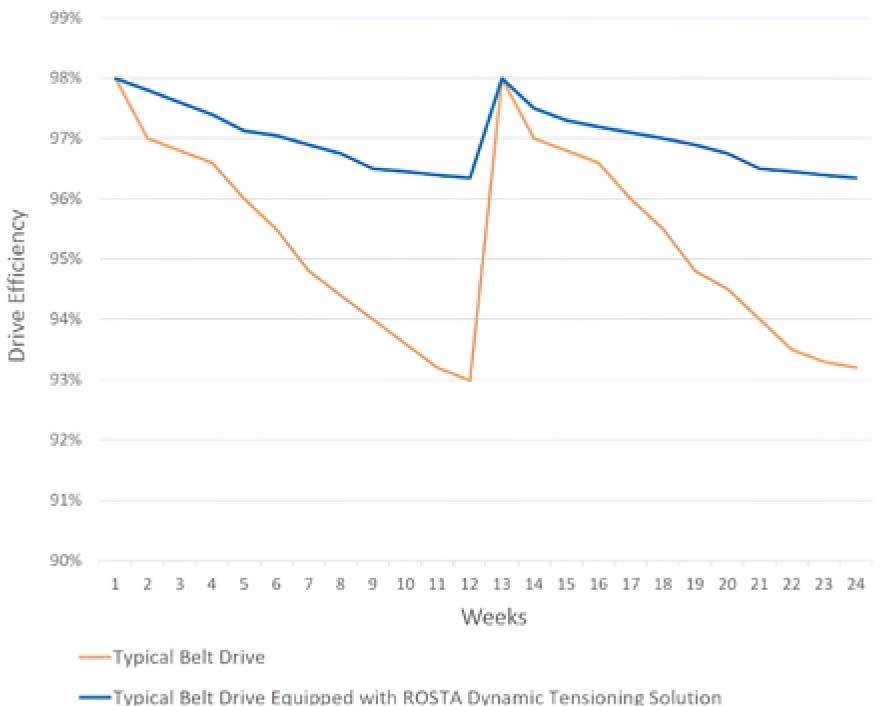国名
モーターパワー
NO. モーター数
年間労働週数
1日の労働時間
週労働日数
でんりょくひ [ARS per kWh]
ARSグラム/kwhのCO2
ベルトの張力を定期的に手動で調整する典型的なVベルト駆動。
CO2e排出量の推計値
トン/日
0.73
トン/年
211.5
選択したモーターの電気料金の見積もり
1日あたりARS
9,129
ARS(年間)
2,629,018
ROSTA ダイナミックテンションテクノロジーによる同じ典型的なVベルトドライブ
CO2e排出量の平均削減量
トン/日
0.03
トン/年
9.0
平均的な電気料金の節約効果
1日あたりARS
388
ARS(年間)
111,873


